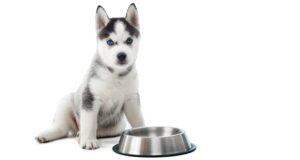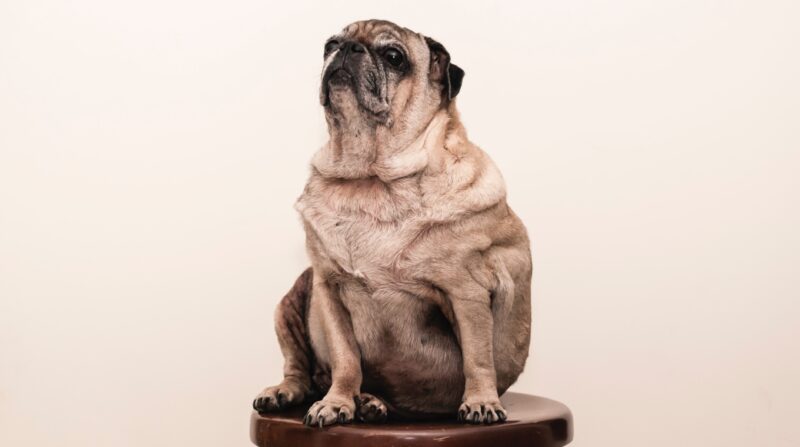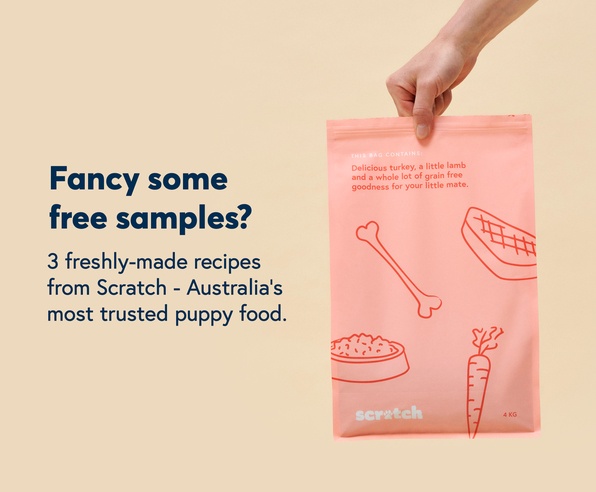Before we start, let’s admit that weight is a tricky subject. If your pet has put on a few it doesn’t mean they’re lazy, greedy, or that you’re a bad owner. While some dogs are more likely to become overweight, the truth is that a lot of dogs experience weight gain for many reasons, that’s ok. What’s important is helping them be their best, healthiest selves. So here’s how to help your dog lose weight.
Why Is My Dog Overweight?
Before you help them reduce, it’s important to understand how weight became an issue. The most common reason is the simplest: they’re eating too much and not getting enough exercise. The goal is to make sure they’re ingesting about as much energy (calories) as they’re using. It’s easy to get out of step with that, as we all know, because eating is easier than exercising.
It’s worth mentioning that not all weight gain can be chalked up to overdoing it. If you know your dog is active and has a balanced, well managed diet, but they’re still looking a bit round there could be other issues at play. Talk to your vet about any unexplained weight gain so they can rule out causes such as: pregnancy, parasites, fluid retention, thyroid issues, or bloat.
How to Help Your Dog Lose Weight
If your dog’s weight gain is food related, there are some simple steps to take.
Stop Overfeeding Them
Portion control is key here. Looking at dogs on diet programs, it’s estimated that 70% of weight loss comes from food restriction. Only 30% is down to exercise.
It can be tricky to know the correct amount to dish up for our pets, especially as their needs and activity levels change across their life. But a feeding calculator can let you know the correct amounts.
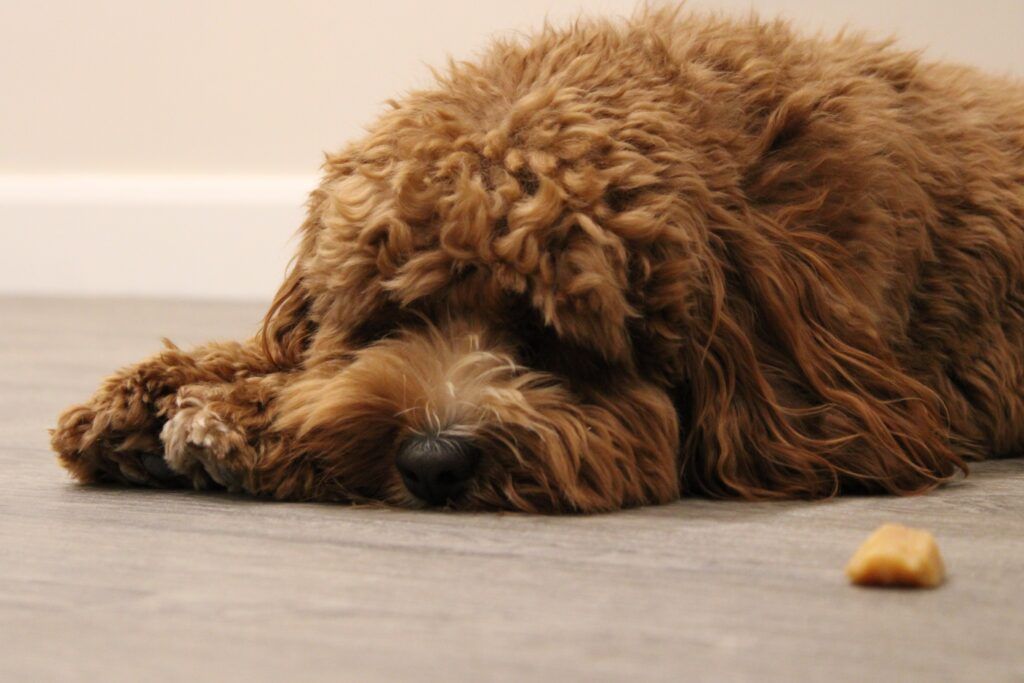
Watch Out for Treats
There’s no point working out an ideal diet if you still hand out too many treats. Many treats are full of fat, sugar and salt (that’s why they’re called treats), and can be sneaky calorie bombs. Pay attention to what’s in them, and put them under the same scrutiny as regular food. Also, practice restraint. Even the healthiest treats become unhealthy if you over do it. Also consider why you’re giving your pooch a treat, because there are multiple options available. We’ve written an article to help you decide what the best dog treat is for each situation.
Focus on Other Rewards
Treats are only one way to give affection or encouragement. Whether you’re training, or just letting them know you care, you can swop food rewards for pats, attention, and play. Remember, your dog’s favourite thing is just being near you.
Exercise
It’s important that all animals keep moving. Not only for weight management: it can also decrease anxiety and strengthen their bond with you. But getting fit doesn’t have to be grueling. Walks (especially in new areas), swims, and play sessions are fun and healthy.
Just be mindful of not going too hard too soon. Your pet may need to develop their fitness. Start with short walks around the neighbourhood and build their stamina over time. The same goes for play. They can’t jump in with an hour-long game of fetch. The goal here is to make sure it feels like fun. If they associate the lead or tug toy with being exhausted they’re not going to want to engage.
Once they start improving you can up their workouts in subtle ways. See how they go with a lightly weighted vest (but don’t add more than 10% on their body weight), move your walks to sand and soft grass, or sign them up for an agility class.
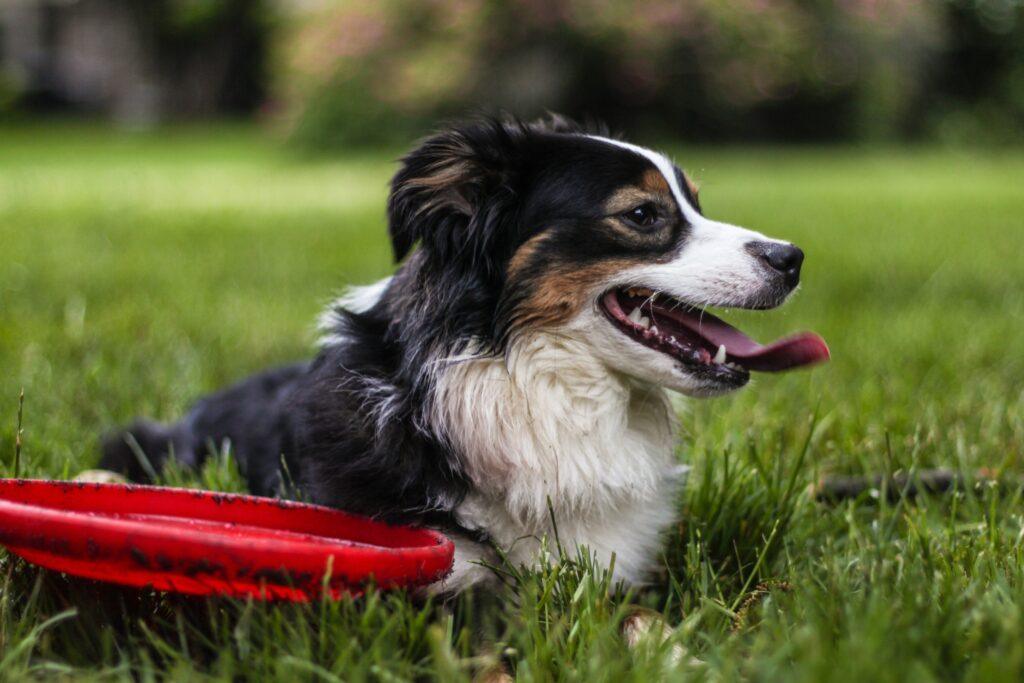
What Is a Healthy Weight?
There’s no magic weight for all dogs or even specific breeds. Instead it’s about learning to understand your pet’s body and behaviour to help them stay healthy. You can learn how to tell if your dog is overweight here.
For more on healthy weight, food, and feeding:
How to Tell If Your Dog Is Overweight
What to Do If Your Dog Is Underweight
How to Choose the Best Dry Dog Food
Images via Unsplash.



